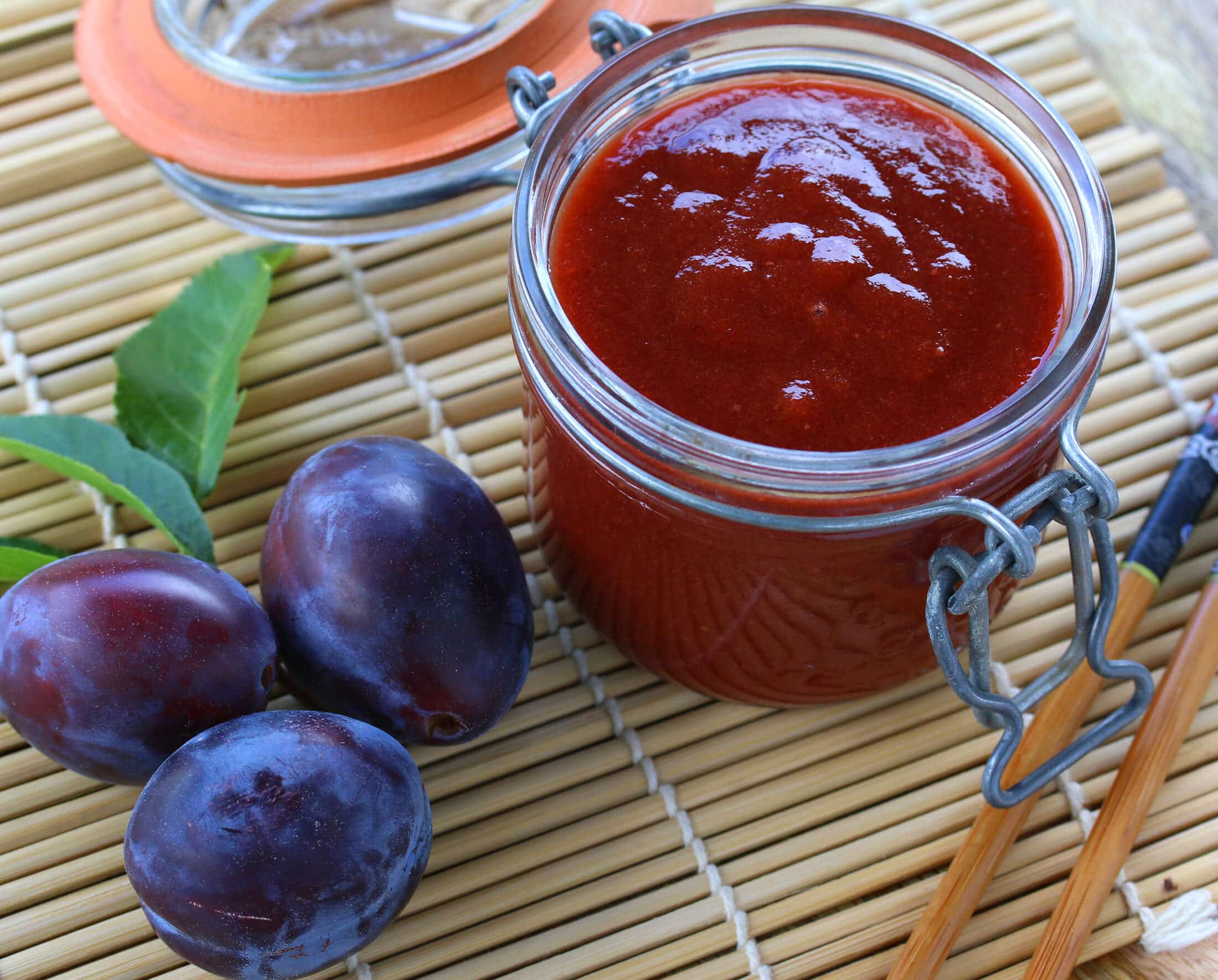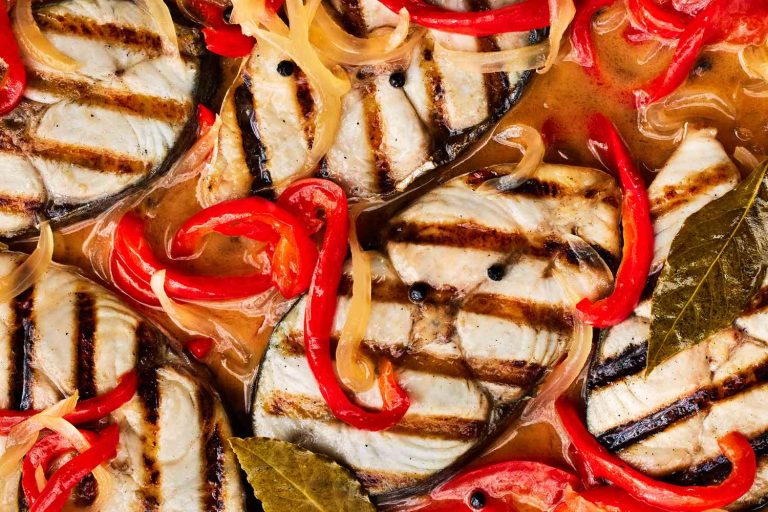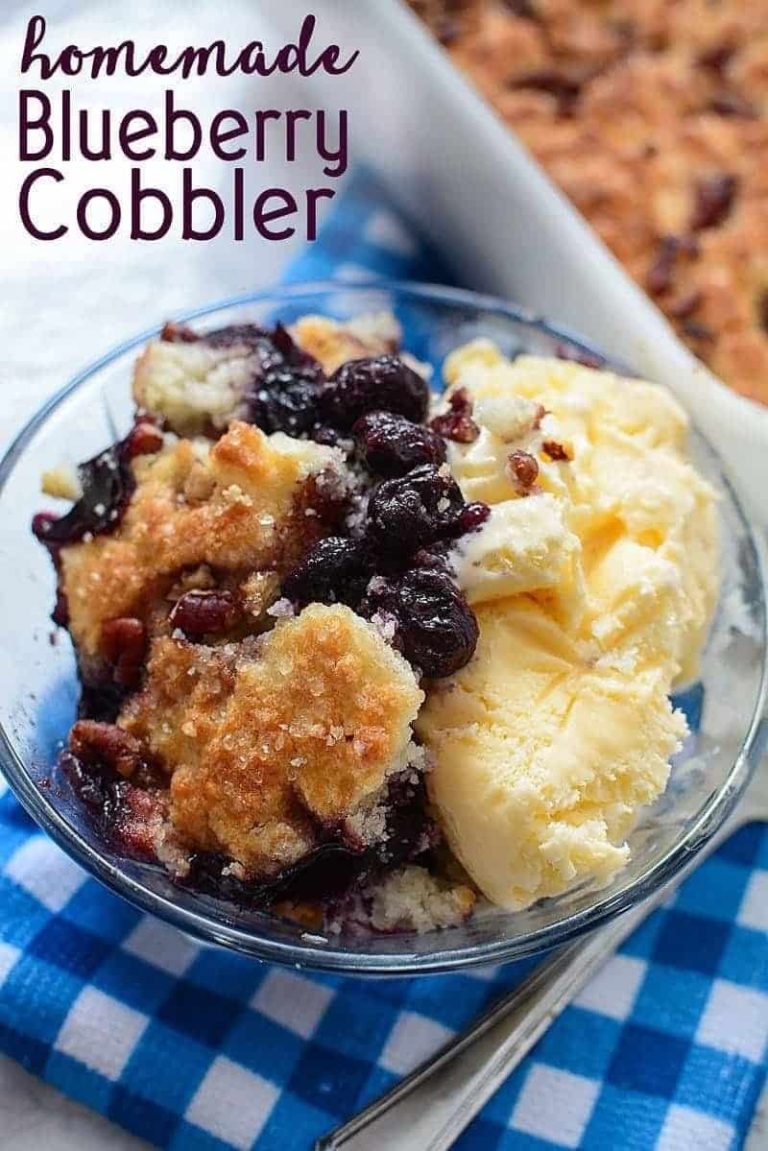Plum Sauce: History, Uses, Health Benefits, and a Homemade Recipe Guide
Plum sauce originated in Southern China. Known locally as “suàn méi jiàng,” it combines ripe plums, sugar, vinegar, and spices to create a sweet and tangy flavor. Historical texts from the Tang Dynasty (618–907 AD) mention plum-based condiments. Ancient cooks first paired the sauce with roasted meats and rice dishes. Over time, it became a staple in Cantonese cuisine, commonly accompanying Peking duck and spring rolls.
Evolution and Global Spread
Plum sauce evolved as trade expanded along the Silk Road. Merchants introduced it to neighboring countries like Vietnam, Korea, and Japan. Each culture adapted the recipe, incorporating local ingredients. By the 19th century, Chinese immigrants brought plum sauce to Western countries. In the United States, it became a popular condiment in Chinese-American restaurants. Today, you can find commercially-produced plum sauce in grocery stores worldwide, reflecting its global appeal and adaptability.
Key Ingredients of Plum Sauce
Plums as the Primary Component
Plums form the core of plum sauce, providing its essential sweetness and tanginess. The ideal plums for this sauce are ripe, red or purple varieties such as Santa Rosa and Damson. These types of plums offer a balance of sweetness and acidity that characterizes the sauce’s unique flavor profile. When selecting plums, freshness is key—opt for firm but yielding fruit to ensure vibrant taste and rich texture. Once harvested, you’ll need to pit, chop, and often cook the plums to create a smooth puree.
Supporting Spices and Flavorings
Several supporting spices and flavorings enhance the complexity of plum sauce. Common ingredients include:
- Vinegar: Adds acidity and preserves brightness.
- Sugar: Balances tartness and enhances sweetness.
- Ginger: Infuses a warm, zesty note.
- Garlic: Contributes a savory depth.
- Chili Peppers: Provides optional heat, depending on preference.
- Soy Sauce: Introduces umami for a richer taste profile.
- Star Anise and Cloves: Offer aromatic and spice elements for complexity.
By integrating these elements, you achieve the balanced, multifaceted flavor that defines traditional plum sauce.
Culinary Uses of Plum Sauce
Traditional Applications in Asian Dishes
Plum sauce holds a central place in Asian cuisine. In Chinese cooking, it’s frequently paired with roasted duck, pork, and chicken, adding a sweet-tangy flavor. Dim sum dishes often include it as a dipping sauce. In Vietnamese cuisine, you might find it accompanying spring rolls, bringing a balanced taste to fresh vegetables and shrimp. Korean dishes incorporate plum sauce in marinades for grilled meats, enhancing the savory profile. In Japan, it’s used to complement tempura, offering a contrast to the crispy texture.
Creative Uses in Western Cooking
Western chefs have embraced plum sauce in innovative ways. Drizzling it over grilled salmon introduces a fruity note that complements the fish’s richness. It makes a delicious glaze for roasted ham, merging sweet and savory elements. As a salad dressing, mixing plum sauce with olive oil and vinegar adds complexity to greens. For appetizers, use it as a dip for fried chicken tenders or vegetable sticks. Additionally, incorporating it into BBQ sauce creates a unique twist, perfect for ribs or pulled pork sandwiches.
Health Benefits of Plum Sauce
Nutritional Content Overview
Plum sauce derives its key nutrients from ripe plums and added spices. A standard serving (1 tablespoon) typically contains:
- Calories: 30
- Carbohydrates: 7g
- Sugars: 6g
- Dietary Fiber: 1g
- Vitamin C: 3% of the recommended daily allowance (RDA)
- Vitamin A: 2% of the RDA
These values highlight its contribution to daily nutrient intake. While plum sauce has a moderate sugar content, it offers essential vitamins and fiber.
Potential Health Advantages
Rich in Antioxidants
Plum sauce, packed with antioxidants from plums, helps combat oxidative stress. Antioxidants like vitamin C protect your cells from damage, reducing inflammation.
Digestive Health
Dietary fiber in plum sauce aids digestion. Fiber promotes regular bowel movements and fosters a healthy gut environment, reducing constipation risks.
Immune System Support
Containing vitamin C, plum sauce boosts your immune system. This vitamin enhances your body’s defense mechanisms, making you less susceptible to infections.
Low in Fat
Plum sauce contains minimal fat compared to other condiments. This feature makes it a healthier choice for those monitoring their fat intake.
Potential Anti-inflammatory Properties
The antioxidants and phytochemicals in plums may offer anti-inflammatory benefits. Consuming plum sauce might help alleviate minor inflammation.
Integrating plum sauce into your diet provides these health benefits, enhancing both flavor and nutritional value.
How to Make Homemade Plum Sauce
Necessary Equipment and Ingredients
To make homemade plum sauce, gather essential equipment and ingredients:
Equipment:
- Medium saucepan
- Wooden spoon
- Measuring cups and spoons
- Blender or food processor
- Fine mesh sieve
Ingredients:
- 2 pounds of fresh plums (pitted, chopped)
- 1 cup of sugar
- 1/2 cup of rice vinegar
- 1/4 cup of soy sauce
- 2 cloves of garlic (minced)
- 1-inch piece of ginger (peeled, grated)
- 1/2 teaspoon of red pepper flakes
- 1/2 cup of water
Step-by-Step Cooking Guide
Follow these steps to create your own plum sauce:
- Prepare Plums: Place chopped plums in the medium saucepan. Add water, ensuring plums cook evenly.
- Cook Base: Over medium heat, bring the mixture to a boil. Stir occasionally using a wooden spoon for about 10 minutes until plums break down.
- Add Ingredients: Stir in sugar, rice vinegar, soy sauce, minced garlic, grated ginger, and red pepper flakes. Allow the mixture to simmer for another 25 minutes.
- Blend Mixture: Once the plums are soft and aromatic, transfer the mixture to a blender or food processor. Blend until the sauce reaches a smooth consistency.
- Strain Sauce: Pour the blended mixture through a fine mesh sieve into a clean bowl. This step ensures a velvety texture by removing any pulp or fibers.
- Cool and Store: Let the plum sauce cool to room temperature. Transfer to an airtight container for storage in the refrigerator. It keeps for up to two weeks.
Making homemade plum sauce provides a flavorful, preservative-free alternative to store-bought versions. Customize the spice level by adjusting the red pepper flakes to meet your taste preferences.
Comparing Store-Bought and Homemade Plum Sauce
Flavor Variations
Store-bought plum sauce offers convenience, but it often contains preservatives and additives like artificial colors and flavors. This may affect the natural taste of the plums, resulting in a sweeter and sometimes less authentic flavor profile. Brands cater to a general audience, so these sauces might lack the personalized nuances you desire.
Homemade plum sauce allows you to control the flavor by selecting fresh, ripe plums and adjusting ingredients. For example, you can balance sweetness and tartness by adding honey or vinegar. Spices like ginger, garlic, and star anise provide additional complexity, tailoring the sauce to your preference. With this approach, you ensure a richer, more authentic taste without unwanted additives.
Cost and Accessibility
Store-bought plum sauce is widely available in grocery stores and online markets. Prices vary depending on the brand, with premium options being more expensive. Typically, store-bought options come in multiple sizes, making it easy to purchase just the right amount for your needs.
Homemade plum sauce can be cost-effective, especially if you source plums in season or use homegrown produce. While initial costs for spices and sugar might seem high, these ingredients last for multiple batches. Homemade preparation demands more time and effort compared to simply purchasing a ready-made bottle. However, the ability to customize and control the quality can make the additional effort worthwhile.
Conclusion
Exploring plum sauce opens up a world of culinary possibilities and health benefits. Whether you choose to make it at home or buy it from the store each option has its unique advantages. Homemade plum sauce offers unparalleled control over ingredients and flavors while store-bought versions provide convenience and variety. Embrace this versatile condiment to enhance your dishes with a touch of sweetness and a burst of flavor.






